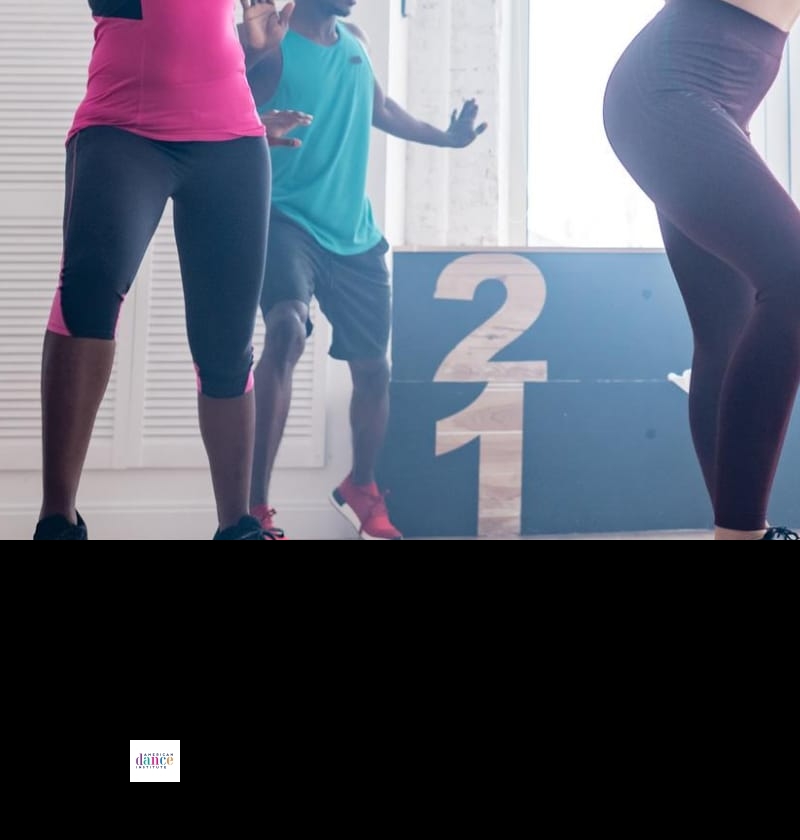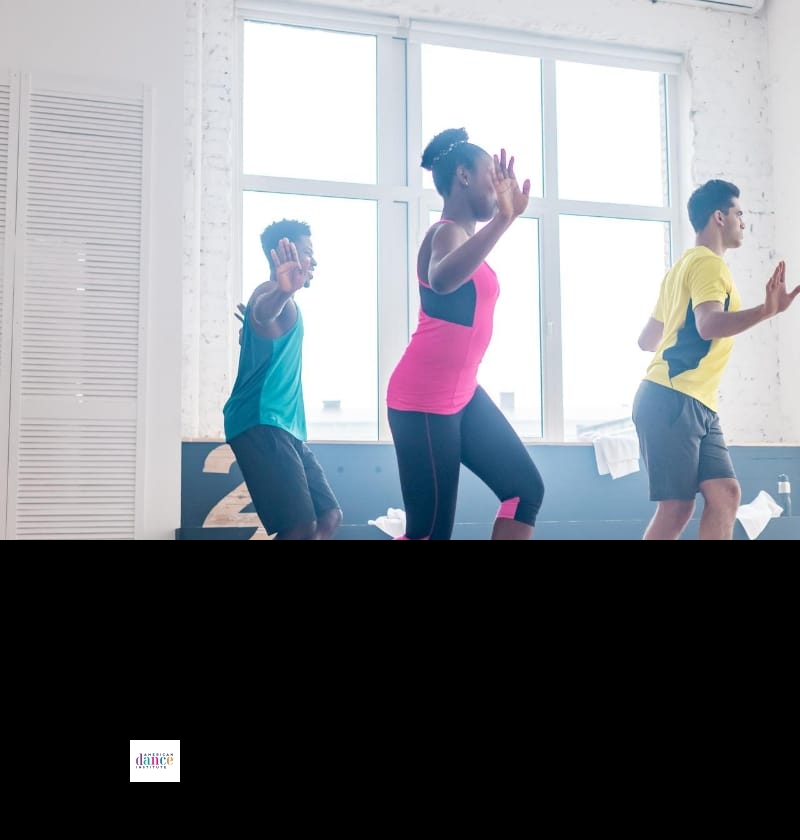dance classes near me
Be aware of the things you should expect when taking a dance class.
Some dance teachers are very specific in their teaching style.
This approach can lead to frustration for the student.
To get maximum repetitions, instructors should first teach difficult steps to students.
The teacher must be flexible to accommodate each child's individual needs.
For example, some children with special needs may not like to be touched or need adjustments made to their bodies and feet.
If this is the case, parents should inform the dance teacher, so they can make adjustments to the class to accommodate the child's needs.
In general, dance classes involve learning technique and choreography.
Fun and age-appropriate classes are important.
Dance is predominantly a form of silent art.
However, there are many other forms that require the expression of physical music.
It is important to learn music appreciation in dance classes.
In order not to upset the teacher it's important that you pay attention.
The first lesson should be an opportunity for you to meet your teacher and classmates.
It is important that you arrive on time.
Ideal is to be there five-10 minutes before your class starts.
This allows you enough time to warm up and get acquainted with the teacher.
Be sure to watch out for other dancers.
Dress for dancing: In general, a dancer should wear clothes that allow the student to move freely.
You can also wear comfortable leggings.
A water bottle is a great idea.
Prepare your dance bag and extra tights before you go to the first lesson.
You should also bring some healthy snacks.
If you're an introvert, be aware that you're likely to have trouble performing some steps.
This can cause problems in the beginning.
Focus on all aspects of dancing, not just what is difficult.
The teacher must focus on the movements you make, such as how your arms and legs are aligned.
Mirror images can be used as a teaching tool to help students understand these elements of dance.


dance classes near me Links:





